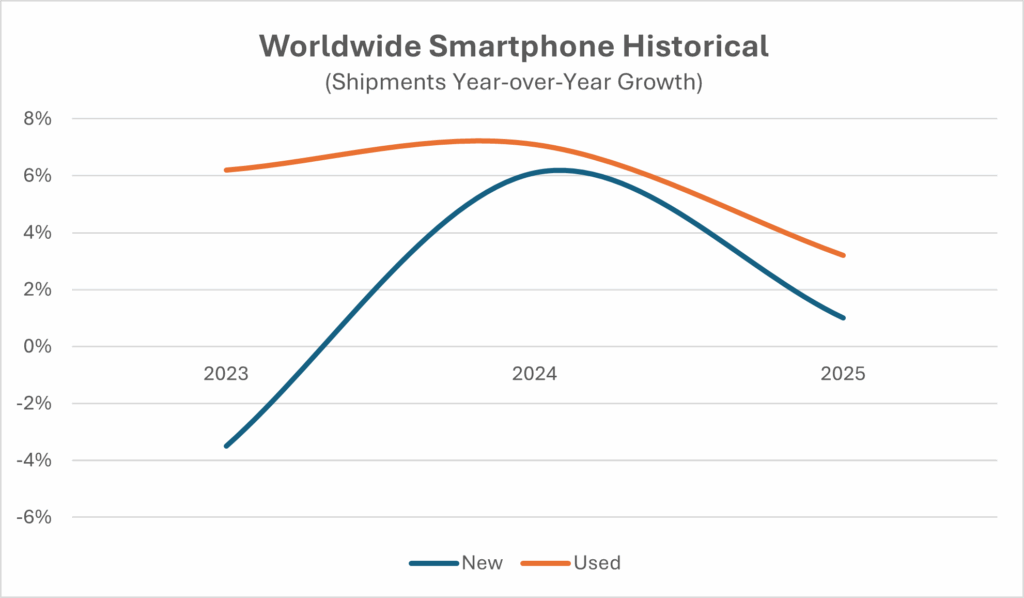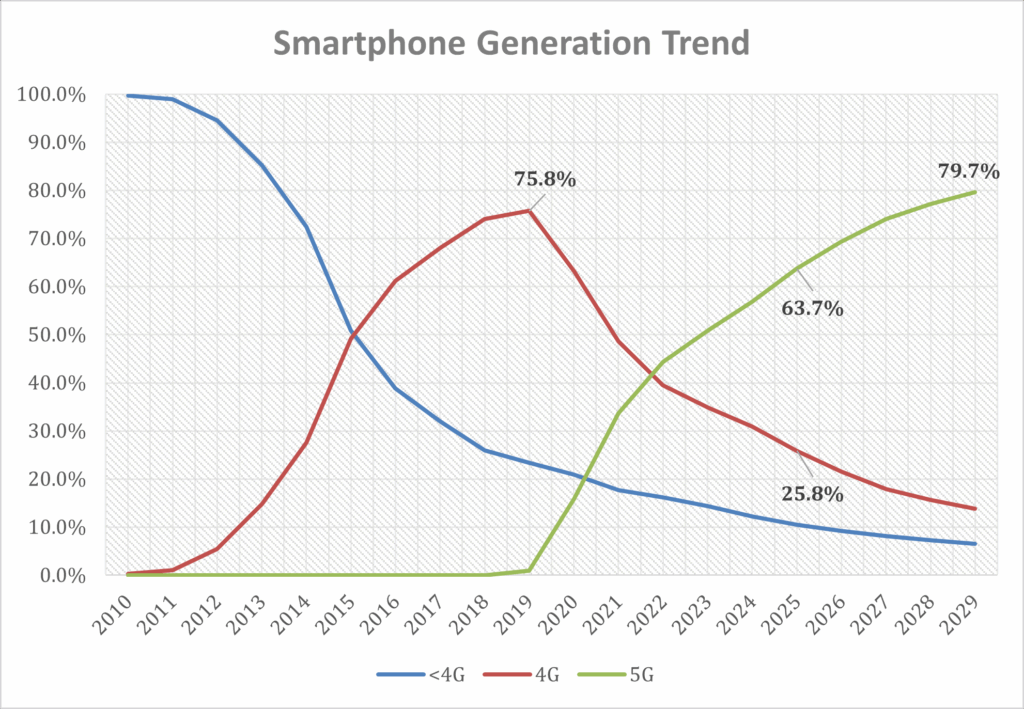From Insight to Action: Customer Intel Everywhere
Customer relationships shift across moments, usage, roles, and goals, often in ways that challenge traditional thinking. It’s no longer sufficient for brands to predict what someone might do next. Instead, they must also understand why customers behave as they do and act while the engagement window remains open. Today’s customer dynamics demand systems that can read intent and purpose in real-time, explain decision logic transparently, and trigger contextually appropriate responses. This requires predictive AI models augmented with generative AI capabilities and AI agents designed to analyze patterns, operationalize insights, make decisions, execute interventions, and learn from outcomes continuously. Brands need to understand that customer intent or behavior shifts do not wait until the next daily or weekly campaign planning and execution cycles. They need to synthesize intent signals, build accurate AI models and put them to work before they become irrelevant. Data foundation reality check Organizations rushing to augment their predictive AI systems with generative AI and AI agents often discover that their data architecture cannot support the complexities required to transform raw data and context into AI-ready inputs. This is not a minor issue. According to Future Enterprise Resiliency Survey, Wave 1, Feb. 2025, 38% of the respondents identified data management as one of their top priorities for AI strategy in 2025. The challenge isn’t just traditional data quality – it’s creating a unified data environment where structured customer transactions, unstructured behavioral signals, social interactions, and external market indicators can be processed collectively. When data sources remain siloed or poorly integrated, AI agents make decisions based on incomplete context, generative AI produces responses that ignore critical customer history, and predictive models optimize for patterns that no longer reflect current customer reality. Industry-specific requirements Organizations often overlook customer data characteristics and AI model needs by industry, even within context of marketing and CX use cases. In travel and hospitality, the emphasis might be on seasonal demand patterns, loyalty program activity, and booking lead times, whereas in fashion retail, it could center on style preferences, return behavior, and fast-moving trend adoption. These variations shape not just the data collected, but also how it’s processed, modeled, and translated into timely marketing actions. Best-fit customer analytics applications embed industry-specific frameworks, data models, and campaign templates. Prebuilt workflows and segmentation logic grounded in industry IP reduce customization effort, accelerate time-to-value, and ensure that marketing teams can act on insights in ways that resonate with their customers’ actual behaviors. The autonomous future The promise of autonomous customer analytics lies in its ability to analyze vast streams of customer data, make decisions and take actions at scale, and learn from the results to improve future performance. When built on a solid foundation, these systems don’t just respond to customer behavior, they adapt continuously, refining rules, models, and strategies based on what works and what doesn’t. Achieving this requires more than deploying an advanced AI model. It requires continuous learning architecture that captures outcomes, detects drift in data, model, or customer patterns, and adjusts actions accordingly. Without these capabilities in place, moving too quickly to autonomous AI decision-making can be risky. Weak data quality, insufficient governance, and lack of monitoring can allow small errors to accumulate rapidly, resulting in inconsistent actions. Value measurement systems Organizations struggle to measure the ROI of traditional predictive AI. Even in batch-driven models, linking predictions to business impact can be challenging with unclear baselines and inconsistent attribution. If it’s difficult to quantify the value of a churn prediction or a propensity score today, the challenge grows when moving to generative AI and AI agents. In fact, according to Future Enterprise Resiliency Survey, Wave 1, Feb. 2025, 34% of the respondents mentioned that demonstrable ROI is key consideration when they are evaluating agentic AI solution for marketing and sales. Successful organizations will be those that build value measurement into their customer analytics applications. This means not only track the business impact from predictive AI use case but also show the direct link between model outputs, actions taken, and outcomes achieved. By establishing this closed loop, organizations lay the groundwork for measuring GenAI and AI agent performance, where the same approach must scale and provide continuous feedback for improvements. Practical readiness Successful customer analytics transformation requires organizations to start with a fundamentally different question: not “what insights can we generate?” but “what customer behaviors can we influence, and what organizational capabilities do we need to influence them effectively?” Selecting the right use case (e.g., customer segmentation, propensity, personalization, journeys, digital experience, next best recommendations, etc.), strengthening the data foundation, pairing predictive AI with generative AI, piloting a bounded AI agent, governance, and establishing AI operationalization framework is critical to deliver consistent, measurable improvements in customer engagement and outcomes. IDC MarketScape Customer Analytics Applications To bring clarity to this rapidly evolving market and for buyers, IDC has released 2025 MarketScape report for Customer Analytics Application that help you understand and evaluate how these vendors stack up against capabilities and strategy criteria. Clients can access the report here: IDC MarketScape: Worldwide Customer Analytics Applications 2025 Vendor Assessment To learn more about our research findings, CDP vendors, and IDC’s marketing and CX technology best practices, feel free to schedule an inquiry or briefing request. Please reach out directly ([email protected]) or fill out a briefing request form. source
From Insight to Action: Customer Intel Everywhere Read More »







